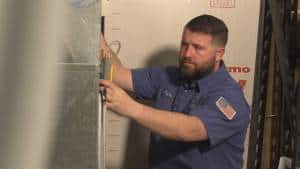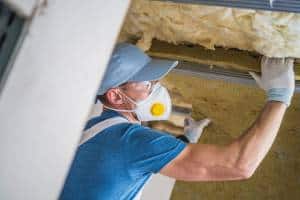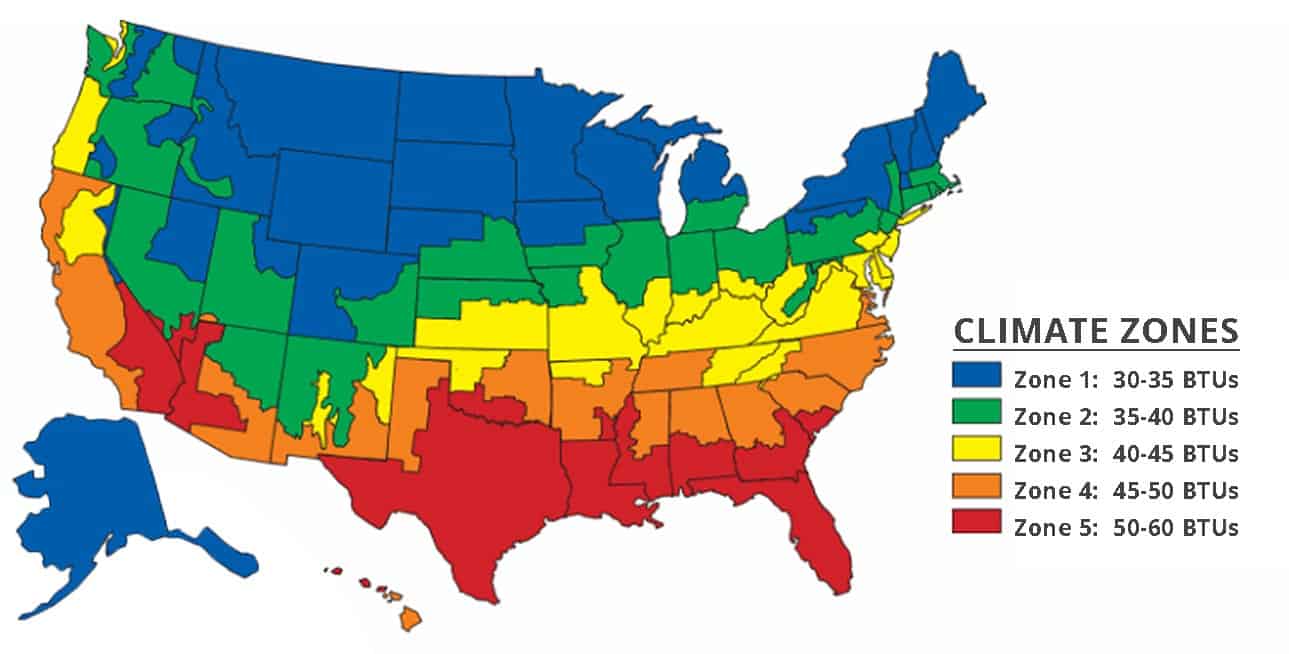What Furnace Size Do I Need?
4 Step Guide to Sizing Heating Units for Kansas Homes
The Costs of Heating Your Home

The Downside of Keeping an Old Furnace Past its Time
Many are fortunate to have a heating system they’ve been able to rely upon for two decades or longer. But while it’s been successfully keeping your home warm each winter, it’s likely working harder (less efficiently) than it should. Maybe your furnace has begun making odd sounds. Perhaps you’ve had to call technicians out to handle heater issues in recent years and are wondering if you should continue repairing your furnace or replace it. Maybe even you’ve begun noticing your ever-increasing heating bills each month. Replacing your heating system is a big investment, but consider these factors:
Benefits of installing a new furnace: how a new heating system pays off
- Makes your home more comfortable
- Lowers your energy bills
- Increases the value of your home
- Makes your home more desirable when selling
- Decreases your carbon footprint, meaning you are saving energy and making your home more environmentally friendly
- Saves you on repairs that your aging furnace may soon need
- Relieves you from the worry that your furnace will break down, leaving your family without heat suddenly in the middle of winter
4 Steps to Determining the Right Furnace Size for your Home
Step 1. Find out the Size of your Home
This is the first step towards determining proper furnace size. If you don’t already know the square footage of your home, that can be an easy thing to determine. Entering in your address to national home listing sites like Zillow should give you the square footage of your home. If not, it’s time to do some math. You can determine the total size of your house by adding up the square footage of every single room in your home.
- Family room
- Dining room
- Kitchen
- Master bedroom
- All other bedrooms
- Basement
- Each of the bathrooms
- Laundry room
Step 2. Find out what Climate Zone you Live in
Determining the right furnace size is about more than the size of your house. The climate of where you live plays a big role in determining the proper furnace size. For those of us in the Wichita area or elsewhere in Kansas except the northern and northwest portions of the state, we would consider ourselves in Climate Zone 3.
 Step 3. Determine the BTU best for Your Home
Step 3. Determine the BTU best for Your Home
It’s time to do some math towards finding the best furnace size for your home. You need to take the total square footage of your home and multiply it with the BTU requirements for your Climate Zone. BTU is a measurement of the energy expended to make the system work, you read our guide to understanding BTU to better understand its role in determining the best HVAC system for your home.
Let’s assume you have a 2000 square foot house and live in Wichita (Climate Zone 3). Using this total square footage, you can now determine the BTU output that is best for your size of house. The proper BTU range for zone 3 is 40-45 BTUs per square foot. This means your home will need a furnace that has at least a 80,000 BTU rating.
2000 x 40 = 80,000 required BTU output
But our calculations aren’t quite done. Even though a furnace may list a BTU number that meets your home’s requirements, you need to see what level of efficiency that unit has. Let’s consider that your home currently has a heating unit with an output of 100,000 BTUs. That seems like it should be enough for properly heating your home, but if you see that your old system isn’t all that efficient, only operating at 75% efficiency, then it is actually not a large enough furnace for your home. Your old 100,000 BTU with 75% efficiency means you may only be getting an output of 75,000 BTUs, too low for what your home needs. Let’s compare that to installing a new furnace with only 90,000 BTUs but with 92% efficiency. With this new, more efficient model, you will be getting an output of at least 82,000 BTUs, sufficient for a 2000 square foot home here in Wichita.
90,000 + 92% = 82,800
Step 4. Are You Well Insulated?

Need help determining what size of furnace is best for your home?
Fortunately, you don’t have to figure out the proper furnace size all on your own! Our Hanna Heating and Air technicians will be happy to assess your home’s specific needs to help you determine which furnace size is right for you and your home. We often refer to the Manual J Calculation in determining the proper size of heating and cooling units are best for your home.
With having several decades of experience installing heating and air systems in homes across Wichita, you can trust us to find the best and most energy-efficient options needed for you. Call us today at (316) 945-3481 or send us a message online.



 Step 3. Determine the BTU best for Your Home
Step 3. Determine the BTU best for Your Home
Add Comment